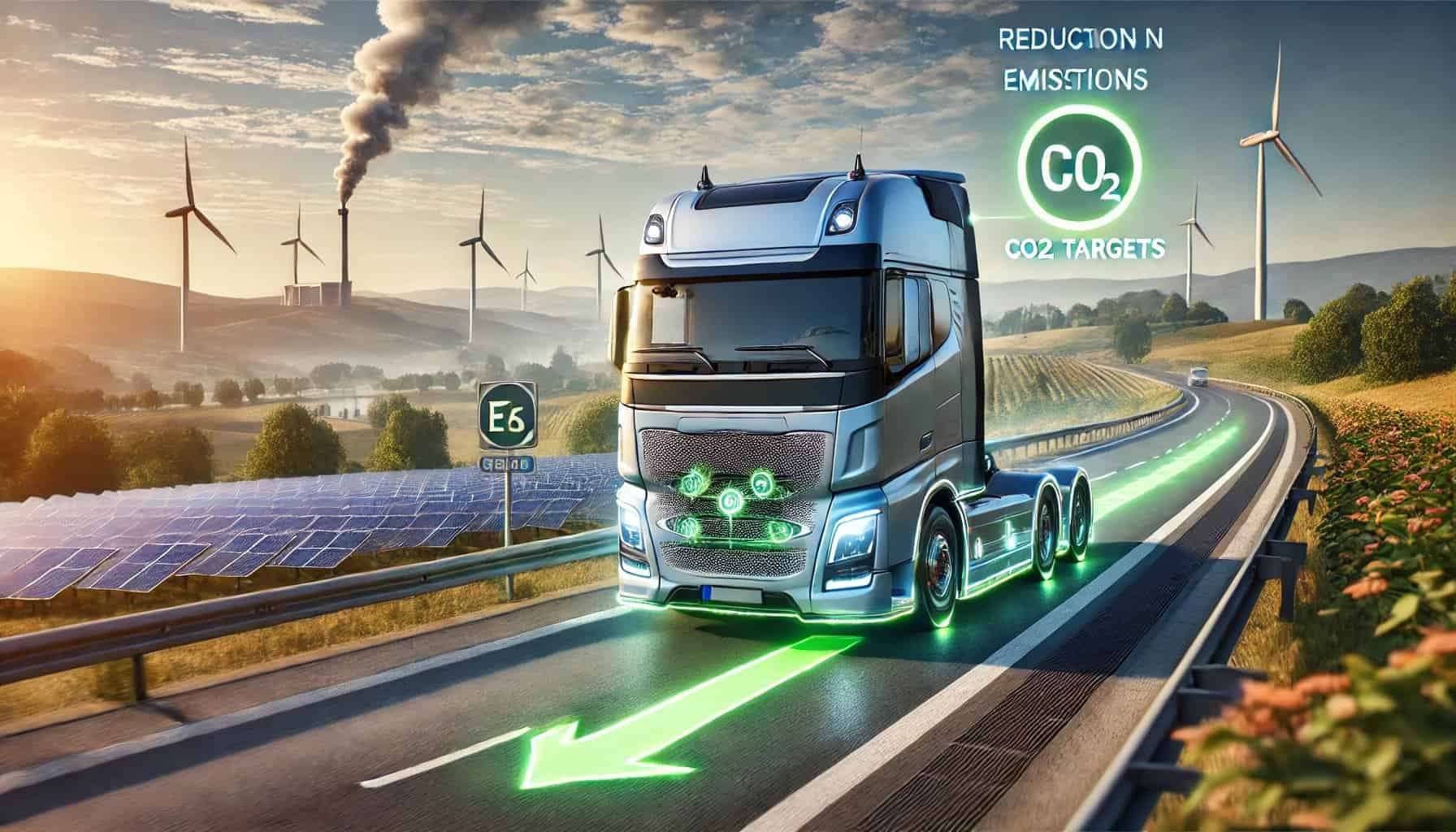🔋 Hybrid Trucks: The Practical Middle Ground for Today’s Fleets

picture: Hybrid Alliance
Finding a smarter path to decarbonization
In the global push to decarbonize road freight, the conversation is often framed as a binary choice: continue with diesel or switch entirely to battery-electric trucks. The reality, however, is far more nuanced — and far more promising.
A third path is gaining momentum: hybridization.
Hybrid-electric trucks combine the efficiency of electric drivetrains with the proven range, payload capacity, and refueling speed of internal combustion engines. Compared to battery-electric vehicles (BEVs), they require smaller battery packs, present fewer range limitations, and still deliver substantial reductions in both fuel consumption and greenhouse gas emissions.
💡 Why Hybrids Make Sense Now
Hybrid technology is emerging as one of the most practical tools for fleets seeking to reduce emissions without compromising performance or profitability.
Jeff Seger, clean energy consultant for the North American Council for Freight Efficiency, explains it clearly:
“This stuff won’t take off unless there’s real value to the customer, meaning the total cost of ownership or the payback period is attractive. Either that or it must be regulation driven.”
He also notes that hybrids can operate with only one-fifth of the battery material a full BEV would require, removing the need for massive charging events and easing supply chain pressure.
Key advantages for fleets include:
- Up to 80% less battery material than BEVs – lowering costs and resource requirements
- No range anxiety – hybrid systems can run without immediate investment in high-capacity charging
- Heavy-duty readiness – deployable in segments where full electrification remains technically and economically challenging
📌 Real-World Examples of Hybrid Innovation
Range Energy – Their powered eTrailer system adds electric propulsion and auxiliary power to standard trailers, improving fuel economy by up to 67% and cutting GHG emissions by 70%. The technology also enables zero-emission refrigeration.
Founder and CTO Ali Javidan sums up the company’s mission:
“What I wanted to do was develop a piece of technology that was specifically empathetic to this industry but also has to have a massive ability to move the needle.”
Eaton – Developing hybrid systems for the U.S. Army and Marine Corps, Eaton delivers near-natural gas-level emissions while using widely available diesel. Mihai Dorobantu, Eaton’s Director of Technology Planning, sees hybrids as essential in certain duty cycles:
“We’re seeing that there are parts of the heavy-duty sector that are either very hard to electrify or impossible to electrify.”
Harbinger Motors – Specializing in medium-duty plug-in hybrids, Harbinger targets fleets where hybridization delivers the highest operational value. CEO John Harris takes a selective approach:
“People have this tendency to think that electrification is a one-size-fits-all solution. Our approach has been very different than that.”
🌱 Hybridization as a Bridge to the Future
Not every fleet, route, or application is ready for full electrification — but many can benefit from hybrid technology today. Hybrid systems are not a “half measure”; they are a bridge technology that offers:
- Measurable emissions reductions
- Operational flexibility for diverse freight scenarios
- Faster ROI than many full-electric deployments today
As environmental regulations tighten and technologies mature, hybrids can turn decarbonization strategies into immediate operational reality — enabling fleets to act now rather than wait for infrastructure and full-EV economics to catch up.
The future of freight will not be one-size-fits-all. The most resilient fleets will choose the right technology for the right job — and in today’s market, hybrid belongs firmly in that mix.
Hybridization is more than a transitional phase — it’s a competitive advantage in the race to sustainable freight.
Please read further at: https://www.ttnews.com/articles/use-cases-trucks-hybridization


